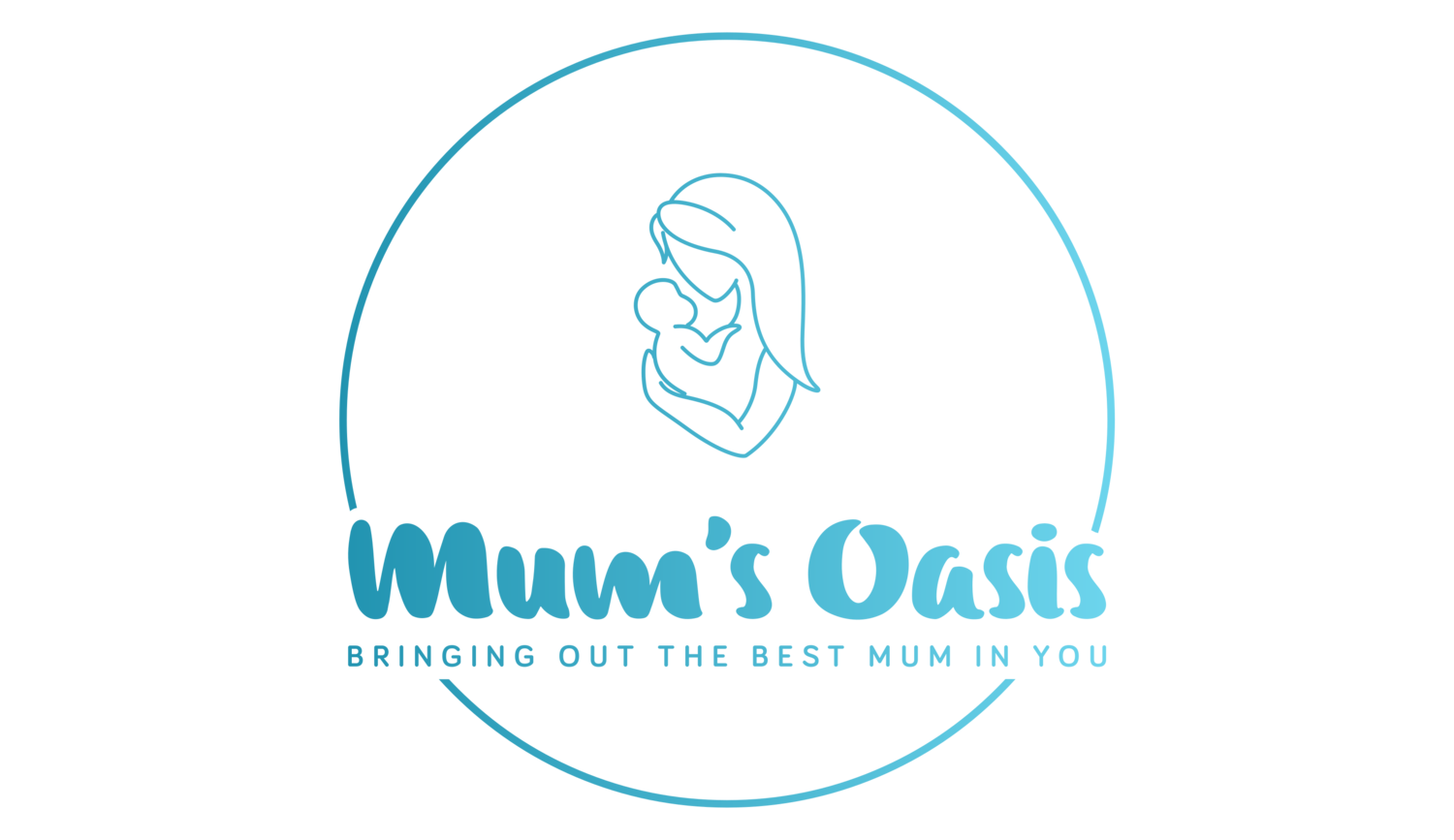Continuous Electronic Fetal Monitoring during Labour and Birth
What is continuous electronic fetal monitoring?
Electronic fetal monitoring is also called cardiotocography (CTG). The mum gets placed two sensors on her belly. An ultrasound machine that monitors the heart rate of the baby and a pressure sensor that monitors the uterus contractions.
The sensors are linked to a machine that shows the heart rate and the uterus activity and is printing it at the same time, providing a written record.
The upper line is the fetal heart rate. It shows the baseline and how its increasing (acceleration) or decreasing (decelerations).
The second one shows the activity of the uterus, rising when there is a contraction.
It “aims to identify babies who are becoming short of oxygen and may benefit from an early delivery by caesarean section or instrumental vaginal birth.” (Cochrane)
In most hospitals, it is routine practice to have a CTG at the admission of labour and then continuous monitoring from a certain stage until the baby is born. Most women accept it as a normal part of the hospital labour routine without questioning its use.
What is the evidence?
“Electronic fetal monitoring (EFM) was brought into labor rooms in the 1970s, despite the fact that there was no research evidence to show that it was safe or effective.” (EBB)
Since then studies have shown that EFM contributes to an increase in cesarean sections and does not bring improvements in “cerebral palsy, Apgar scores, cord blood gases, admission to the neonatal intensive care unit, low-oxygen brain damage, or perinatal death (which includes stillbirth and newborn death)”. (EBB)
“Continuous EFM is associated with many known medical risks to women, without providing any benefit to the fetus in low-risk pregnancies.” (NCBI)
There is no evidence of benefits of the use of continuous EFM in low-risk pregnancies however, it might be recommended for high-risk pregnancies.
Benefits
Lower rates (0.15%) of newborn seizures
Recording can be used in case of a lawsuit.
Risks
Unless wireless, a CTG restricts your movement as you are “bound” to the monitor. Moving around during labour is important for pain management and to make room in the pelvis for the baby to move down.
Some CTGs don’t allow you to get into the water.
The sound and the numbers of the monitor may be distracting.
Midwives and doctors might focus more on the monitor and the numbers than on you.
Many hospitals have a central fetal monitoring system that allows midwives to remain at their desk to observe many fetal monitoring tracings at one time. This centralization of care runs the risk of midwives not entering a woman’s room as frequently.
There are guidelines on how to read the CTG but in the end, it comes down to the interpretation of the doctor and midwife. “EFM is associated with high false positive rates and inconsistent fetal heart rate tracing interpretations.” (NCBI)
Higher rates of cesarean, forceps and vacuum.
Alternatives
Intermediate EFM
Wireless EFM (allows for movement)
Hands-on-listening
Hands-on-listening
The care provider listens to the fetal heart rate for short periods of time at regular intervals. They can use a Pinard fetal stethoscope or a handheld Doppler. The benefit of the Doppler is that everyone in the room can hear the baby’s heart rate.
Benefits
Supports movement and upright positions
Can be used in water
Frequent contact between care provider and birthing person (see benefits of continuous labour support here)
Linked to fewer cesareans and vacuum-/forceps-assisted births
Can be used in many birth settings (hospitals, birth centres, homes)
Risks
Higher rate (0.3%) of newborn seizure
It may not be beneficial for women with complications
No automatic recording of the fetal heart rate
“…based on the evidence, intermittent auscultation is safer to use in healthy women with uncomplicated pregnancies than electronic fetal monitoring.” (NCBI)
As usual, this is not medical advice but food for thought. Have a conversation with your care provider about your individual situation, consider the benefits and risks and make your own informed decision. Learn how to make informed decisions here.
You can also reach out for a birth planning session with me, where we can talk more about fetal monitoring and other interventions.
Sources and further reading about continuous fetal monitoring:
Cochrane: Alfirevic Z, Gyte GML, Cuthbert A, Devane D. “Continuous cardiotocography (CTG) as a form of electronic fetal monitoring (EFM) for fetal assessment during labour” (2017)
EBB: R. Dekker, PhD, RN and A. Bertone, MPH. “The Evidence on: Fetal Monitoring” (2018)
NCBI: L. Heelan. “Fetal monitoring: creating a culture of safety with informed choice.” The Journal of perinatal education vol. 22,3 (2013): 156-65. doi:10.1891/1058-1243.22.3.156
NCBI: T.P. Sartwelle, and J.C. Johnston. “Continuous Electronic Fetal Monitoring during Labor: A Critique and a Reply to Contemporary Proponents.” Surgery journal (New York, N.Y.) vol. 4,1 e23-e28. 7 Mar. 2018, doi:10.1055/s-0038-1632404




